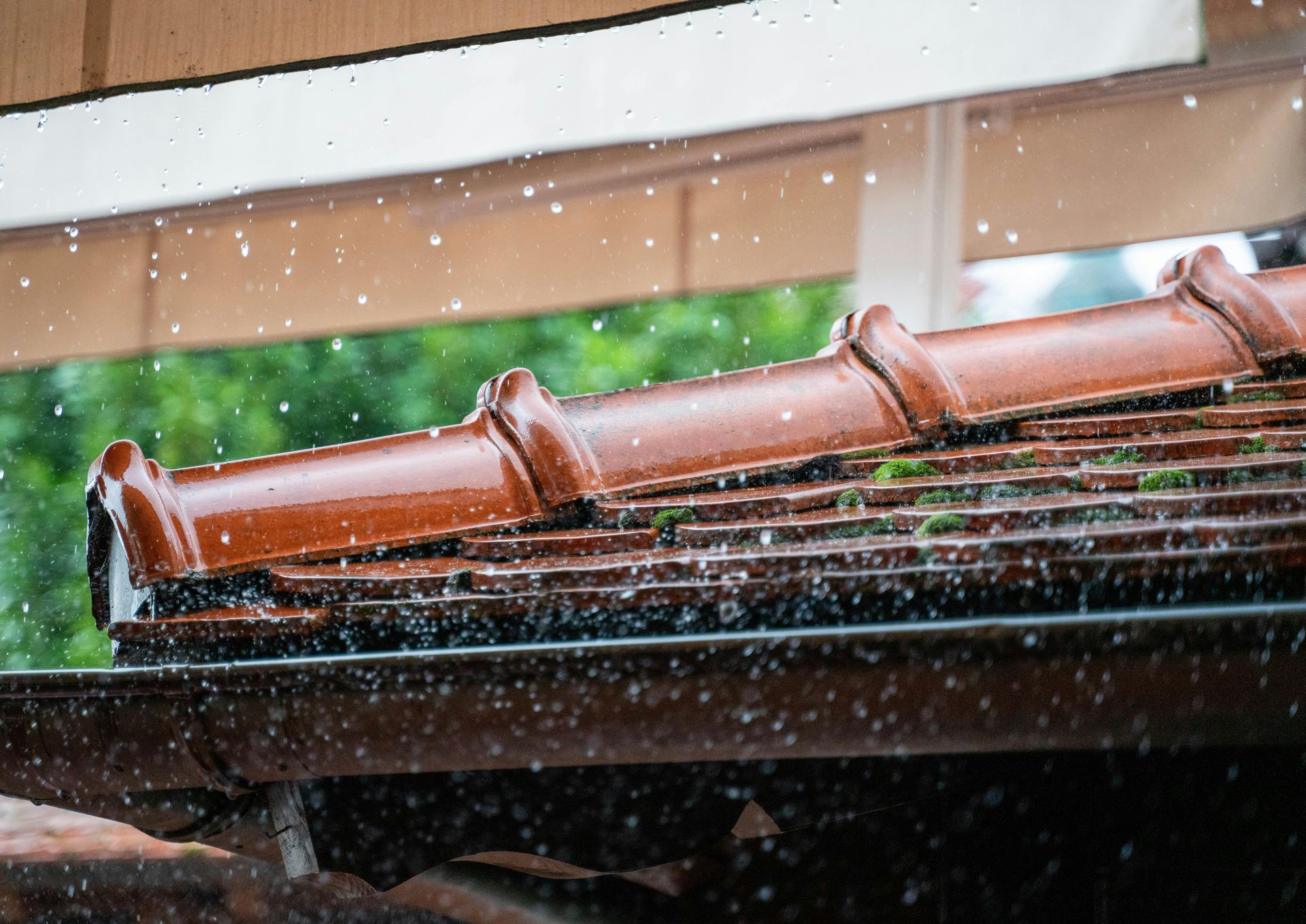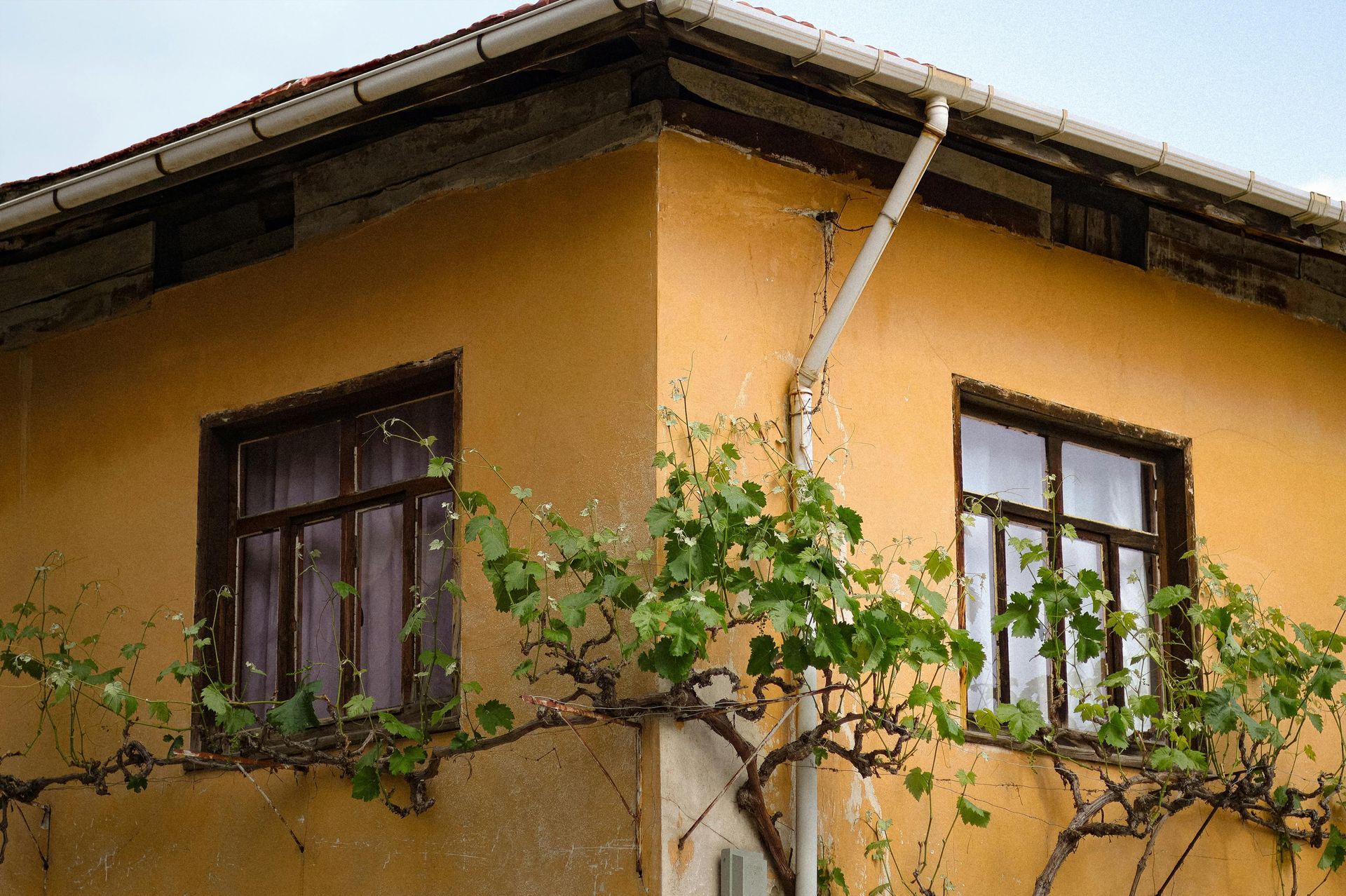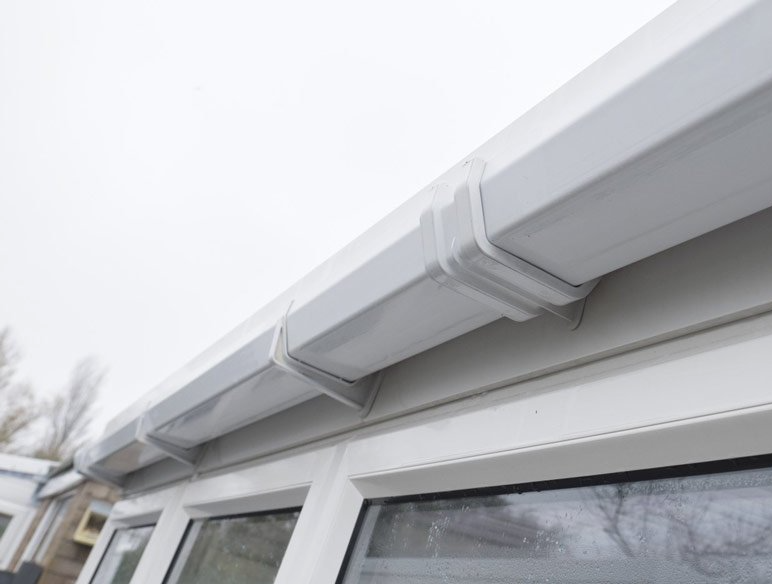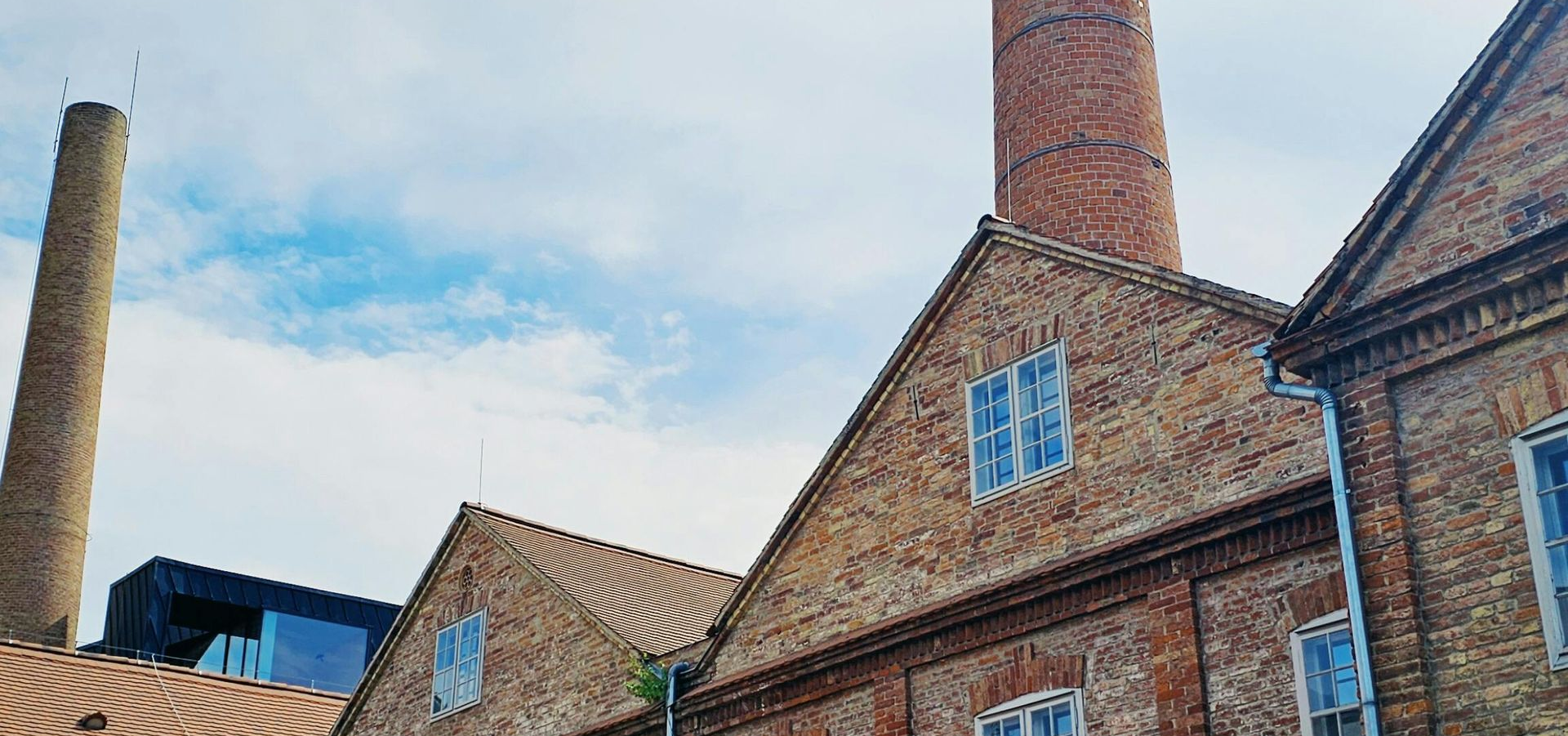How to Clean Sandstone Window Sills? All the Details One Requires to Know!
A window sill - is a horizontal surface or structure at the base of a window. Additionally, it is known as a window bottom or window ledge. Window sills serve as a function to hold and support the window in place structurally. Window sills are crucial to the functionality and design of the windows. Window sills are made from diverse sorts of materials. Typical window sill materials are wood, PVC, stone, particleboard, tile, and many more. Sandstone Window sills are the most durable choice for you to install. It can last forever due to its remarkable and exceptional characteristics.
Why do I require to cleanse Sandstone Window Sills?
Window sills are a vital portion of the window. It is believed that the window sills are mostly found outside the house. Due to this reason, they interact directly with the environment, and climate has a more significant effect on them. That is why cleaning the sandstone window sills is mandatory after some time to hold their glamour and life. Cleaning sandstone window sills can be a bit problematic. Because these are one of the house surfaces that are often ignored regarding cleaning.
Due to this cause, if it is not cleaned for an extended period of time, a lot of debris and dirt gets accumulated around the sill. It primarily receives once-in-a-while spring cleaning. Besides this, one more challenge occurs in cleaning the sandstone window sills. These window sills can be another on the upper part of the home. And to clean them, one needs to use ladders or climb around the house. It can be intimidating for you if you are not proficient. Calling the experts to clean the sandstone window sills is the best option and is highly suggested.
On your Sandstone window sills, a big build-up of the ugly-looking stuff can be done, which includes:
- Water stains: Sandstone is porous, but if you leave the excess amount of hard water for a long period on it, it can be stained.
- Chemical Stains: Chemical stains can also occur on the Sandstone Window sills due to the chemicals used on the window sill. Some harmful chemicals may cause damage to sandstone.
- Mold: Water seepage, leaking window, or condensation may cause the growth of mold and mildew on the sandstone window sills.
- Dust & Debris: Any dust and debris on the sandstone window sills may also contribute to staining the window sills.
Methods to clean Sandstone Window Sills:
Many methods are there that can be used to clean sandstone window sills. Some of the most important and popular ones are described below:
Method # 1: Bleach Water:
Sandstone Window sills are on the exterior part of the house, and they are more exposed to climate, rain, and dirt. Due to this reason, mold can grow on it quickly. Molds have the potential to cause many health problems. One needs to take care of the window sills to avoid mold growth.
Mold on the Sandstone Window sills can even cause discoloring. Using bleach water is the most effective way in this regard.
The things that are needed:
- 1. Bleach
- 2. Water
- 3. A brush with stiff bristles
- 4. Dusting Cloth
- 5. Clean towel
- 6. Safety glasses and rubber gloves
Steps:
- Step-1: Bleach or any cleaning agent can cause damage to the skin if touched naked. Before cleaning, make sure to wear safety glasses and rubber gloves to protect yourself from any mishaps.
- Step-2: Remove the dry dust and dirt from the sandstone window sills using the dusting cloth. Remove any material placed in that area.
- Step-3: After this, prepare a mixture of bleach with warm water. Pour bleach into a container and add warm water. The ratio of bleach to water is 1:3.
- Step-4: After the mixture is ready, dip a brush with stiff bristles into that solution and scrub the sandstone sill’s surface. Keep on repeating the process until all mold stains are removed.
- Step-5: Wipe the mixture away using water and a clean towel. Then, let the window sill dry.
- Step-6: Bleaching powder has a lingering smell which is undesirable for some people. To eliminate this smell, you can pour baking soda on the window sill for 10 minutes. Use a clean towel soaked in water to wipe it off.
- Step-7: Dip a clean rag in water. Use it to wipe down the sandstone sill. Let the sill air dry.
Method # 2: Water Vinegar Solution:
Vinegar is an excellent multi-purpose cleaner for houses. It has high acidity, which can break down the persistent dirt, water, and scum buildup. Vinegar solution is the most acceptable substitute for bleaching water. Vinegar solution is best to remove stains, deodorize, disinfect, and remove mold from the Sandstone window sills. White vinegar is very cheap and readily available. Cleaning the Sandstone Window sills is most common as it is a very easy process.
The things that are needed:
- 1. Water
- 2. White vinegar
- 3. A spray bottle
- 4. Brush
- 5. A clean cloth
Steps:
- Step-1: First, remove the dry dirt and anything on the Sandstone Window sills.
- Step-2: The next step is to prepare the mixture of the white vinegar and the water. Add water and vinegar into the spray bottle in an equal ratio. Then, mix the solution thoroughly.
- Step-3: After the mixture is ready, spray it on the sandstone sill. For about ten to fifteen minutes, let it sit. It will help to dissolve the stains.
- Step-4: After 10 to 15 minutes, scrub the sills with the brush. Keep doing this until the sill is totally cleaned.
- Step-5: After it, use the clean cloth and wipe away the dirt.
- Step-6: Rinse the sill with clean water and leave it to dry.
Method # 3: Pressure washing with any cleaning mixture:
Pressure washing is easy for everyone as it requires less time and energy than conventional cleaning methods. Moreover, it is accessible to the environment and keeps your family safe. Pressure washing is advised when cleaning the window sills that are on the exterior part of the house. Because it involves a lot of water. Water from a pressure washer is strong enough to remove stubborn stains from sills easily.
The things that are needed:
- 1. Scrubbing brush
- 2. Pressure washer
- 3. Clean cloth or towel
- 4. Cleaning Solution
- 5. Water
Steps:
- Step-1: At first, prepare any cleaning solution of your choice. It can be a bleaching powder, vinegar, or baking soda solution.
- Step-2: After preparing the cleaning solution, apply it to the sandstone window sill. Let it sit on the sill's surface for ten to fifteen minutes such that it dissolves the stains.
- Step-3: Do a scrub on the surface of the window sills using the brush. The cleaning solution will form a dirty lather with the stains on the sill's surface.
- Step-4: The last step is to do the pressure wash. For this, firstly, assemble the pressure washer. Be careful while choosing the nozzle tip and the proper pressure. The accumulated dirt from scrubbing can be washed away using the pressure washer.
- Step-5: Clean the remaining water with a clean cloth and let the sill dry completely.
Method # 4: White Vinegar and Baking Soda:
Humans have been given two gifts by nature: white vinegar and baking soda. They are excellent all-purpose cleaning agents. Furthermore, they eliminate foul odors as well as disinfect surfaces. When vinegar is mixed with baking soda, the acid breaks down baking soda. A chemical reaction, a fizzy reaction, takes place, and this causes the release of carbon dioxide gas. CO2 gas help lift dirt from the surfaces being cleaned. Do not mix the baking soda and the white vinegar before cleaning. It is necessary to mix them as you clean them.
The things that are needed:
- 1. Dusting brush
- 2. Baking soda
- 3. Water
- 4. White Vinegar
- 5. Clean Cloth
Steps:
- Step-1: Before cleaning the window sills, the first step is to prep the place. Dust the window sills with the dusting cloth.
- Step-2: After dusting the sill, sprinkle some baking soda directly on the affected surface of the sandstone window sill.
- Step-3: Add white vinegar to the baking soda on the sandstone window sill. The baking soda and white vinegar mixture will start to bubble or fizzle. It indicates that the baking soda and white vinegar are reacting and the mixture is working. There is no problem if you put vinegar first and then the baking soda.
- Step-4: Leave the mixture of the baking soda and vinegar on the window sill for about ten to fifteen minutes. Scrubbing the mixture a little bit to eradicate stains is advised. Repeat this process until the sill is cleaned thoroughly.
- Step-5: The last step is to wipe the window sill using a clean cloth soaked in water. Then, let the sill dry.
Method # 5: Hydrochloric Acid (HCL):
Hydrochloric acid is a vital ingredient in household cleaners. It is also named a cleaning acid. Due to its corrosive properties, it helps clean tough stains. HCL is very efficient in cleaning sandstone window sills. Alternatively known as muriatic acid, hydrochloric acid is a powerful oxidizing agent.
As it is an acid, be careful while using it. Take all the precautionary measures to prevent any mishaps. While handling hydrochloric acid (HCL), wear gloves and safety glasses. If the concentrated hydrochloric acid is inhaled, it is very toxic. It is required to wear a mask while dealing with HCL.
The things that are needed:
- 1. Hydrochloric acid
- 2. Dusting brush
- 3. Water
- 4. Spray Bottle
- 5. Rubber gloves
- 6. Safety Glasses
- 7. Mask
- 8. A hard brush
Steps:
- Step-1: First, clean the surface of the sandstone with a dusting brush. It is done to get rid of the dry dirt.
- Step-2: Hydrochloric acid can affect your skin and eyes. It is suggested to first wear rubber gloves and safety glasses before starting the cleaning the window sill with Hydrochloric acid. Also, wear a mask to avoid inhalation of toxic gases emitting from it.
- Step-3: Prepare the hydrochloric acid solution in a spray bottle after taking safety measures. The mixture has one ratio of water with nine ratios of acid in it. Always remember to add acid to water. Do not do the other way around to prevent chemical accidents.
- Step-4: Then, sprinkle clean water on the sandstone window sill to wet it.
- Step-5: Using the spray bottle, introduce the acid and water solution to the sandstone's stained surface.
- Step-6: Start scrubbing the stained surface using the brush. Keep on pouring and scrubbing until all the area is cleaned.
- Step-7: Leave the window sill about five to ten minutes after brushing. Rinse the window sill with water.
- Step-8: Some residue of the hydrochloric acid may be left behind on the surface of the window sill. It is a powerful acid and can cause actual damage. Prepare a solution of water and baking soda to get rid of the residue of the hydrochloric acid.
- Step-9: Sprinkle the watery mixture of the baking soda on the window sill. Let the solution rest on the sill's surface for five to ten minutes to neutralize the acid. And then wash it with water.
- Step-10: Wipe away the water using a clean cloth and let the sandstone window sill dry.
Conclusion
Sandstone is a porous material that allows moisture to penetrate its surface. It is required to take well care of the Sandstone Window sills from stains, mold growth, cracks, and other discoloration cases. Many methods are there which very suitable for cleaning the Sandstone Window sills. Some standard methods are bleaching, white vinegar, hydrochloric acid, pressure washing with any cleaning solution, white vinegar with baking soda, and many more.
A bleaching powder solution is most acceptable for removing the mold. But if you don't like the smell of the bleach, vinegar or bleaching powder solution can be used. Pressure washing is the most exemplary method to save time and energy. Thus you can choose a method depending on your ease and the condition of the Sandstone Window sills.








